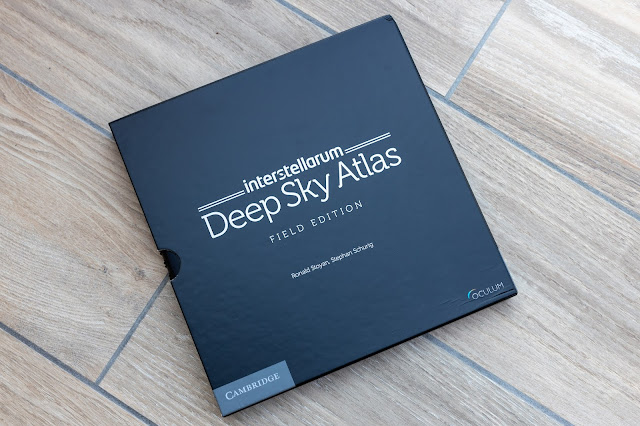Observing nights November 5 and 6, 2020
After a long time of bad weather, we finally had some good nights in the beginning of November. The moon was still close to full moon, so there wasn't a lot of time to spend observing.
On November 5, 2020, I had a lot of problems to point the finderscope. I had to wait for Mars to appear from behind the house of the neighbours before I finally found an object that was bright enough to point to. Once the finderscope was pointed, I did an alignment of the Argo Navis, and I calculated the mount errors. It was the first time I did the extra pointings to be able to calculate the mount errors. The result was indeed an improvement and the telescope pointed correctly over a large portion of the sky. I will describe the steps I did in another blog post.
I observed some spectacular objects, but the humidity was very high which made the eyepieces hazy once they were put in the focuser. I ended the observing evening by looking at Mars and the view was really amazing. The FeatherTouch focuser made it easy to find the perfect focus. A lot of detail was visible on Mars, including a very crisp Syrtis Major.
On November 6, 2020, we went already out during the twilight. Lotte really wanted to see the stars. Jupiter could be seen through the branches of a tree, so besides the 4 four, not a lot could be seen. Saturn was still a bit higher in the sky and was a nice view, although the seeing was not good at all... We did some lightpainting before Lotte went to bed.
I could observe for two hours. The seeing stayed bad, so large magnifications were not possible. I saw a shooting star around 21:00 going through the Pegasus square. I took the time to observe NGC 6905, the blue flash nebula, M 15, and NGC 7331. I ended with observing some showpiece objects: M 31, M 45, M 76, M 34, M 29, M 39, and Mars.





Comments
Post a Comment